Three Z97 Express Motherboards, $220 To $280, Reviewed
Gigabyte Z97X-Gaming GT Software And Firmware
Z97X-Gaming GT Software
Gigabyte EasyTune hasn’t changed since our previous review, with default overclocking profiles for the tested Core i7-4970K that include 4.6GHz at 1.35V, 4.8GHz at 1.5V and a 5GHz setting that crashes before we can get a voltage reading. Certain changes that occur at the firmware level require a reboot before those settings are activated.
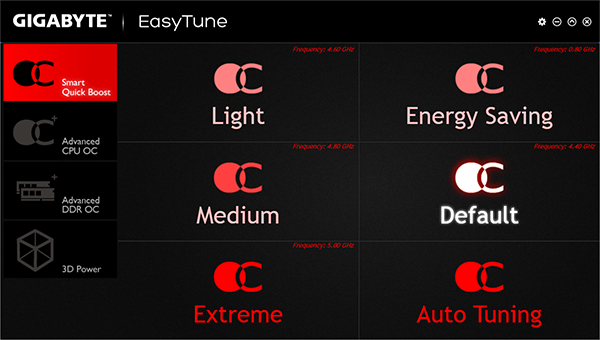
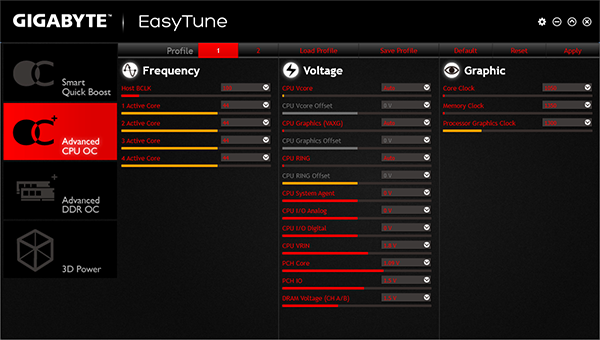
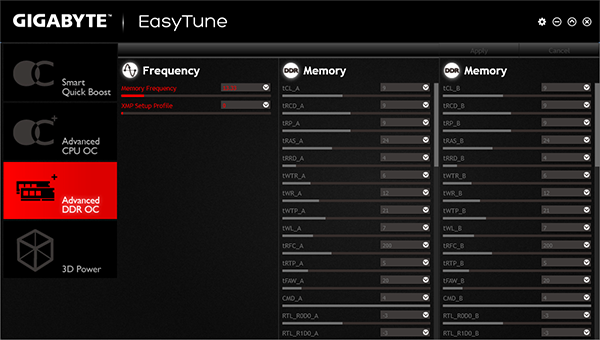
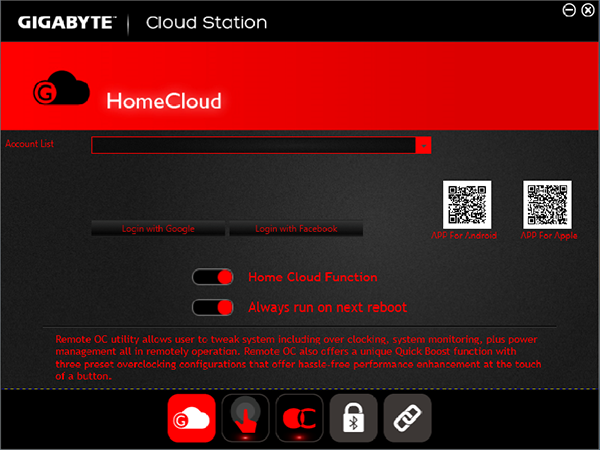
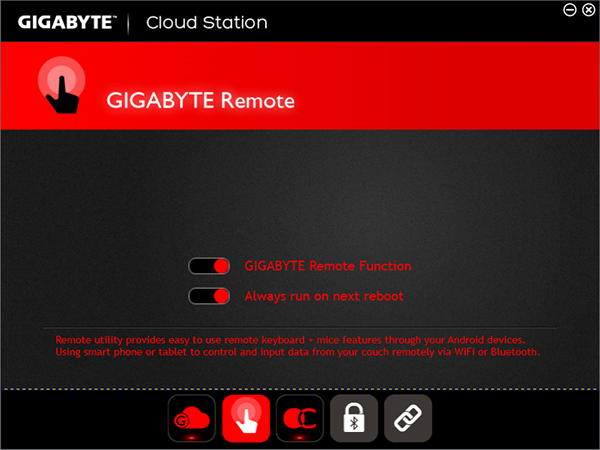
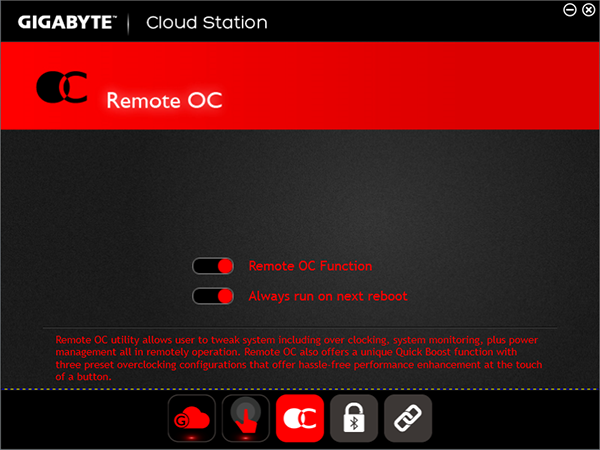
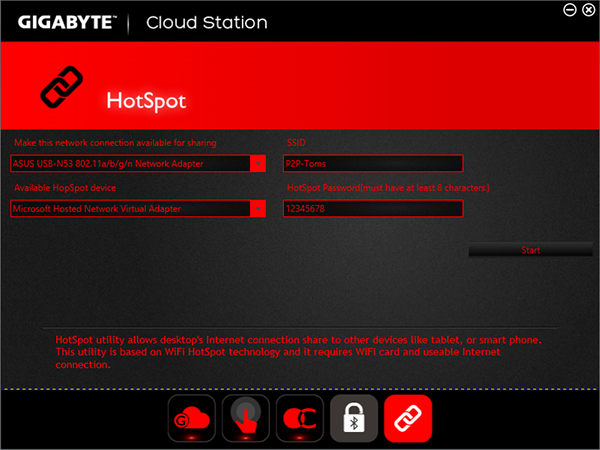
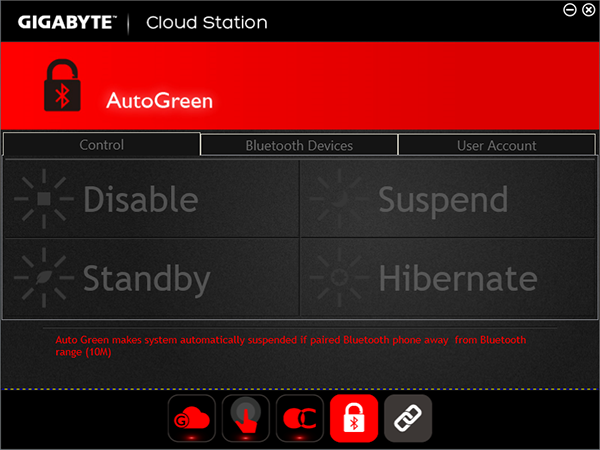
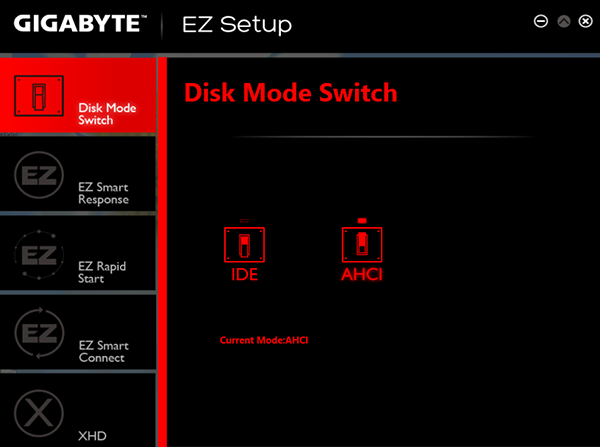
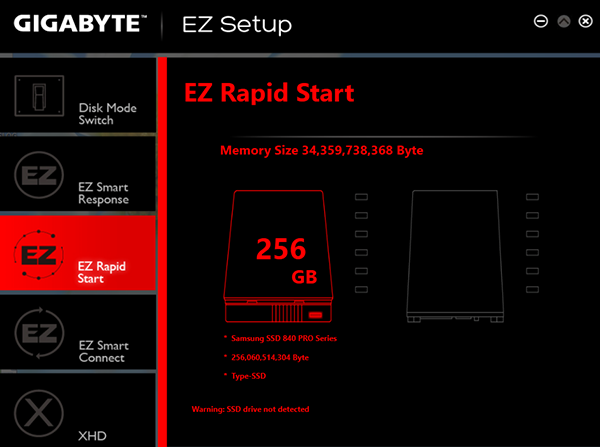
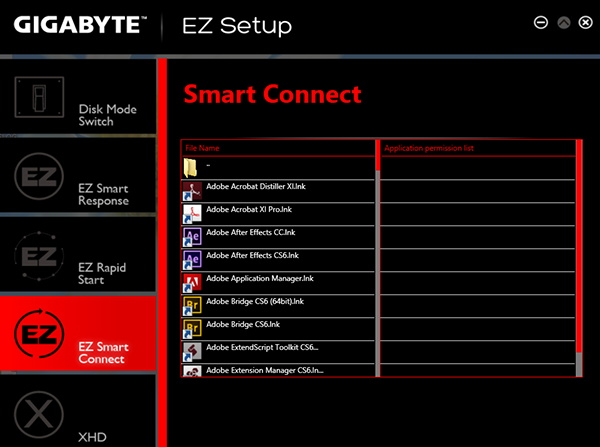
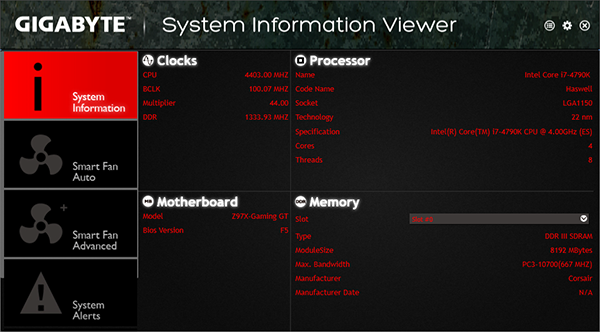
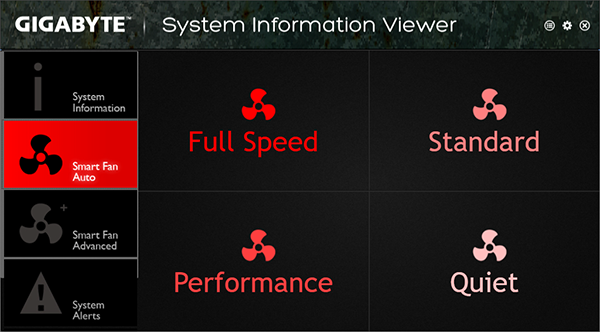
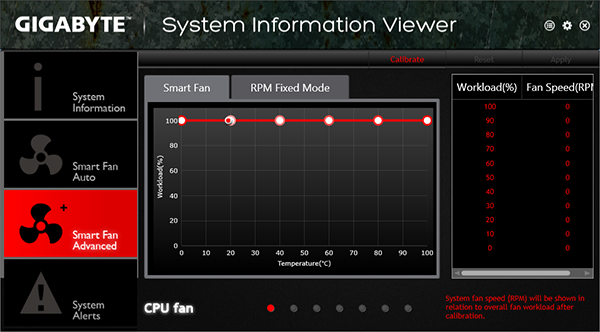
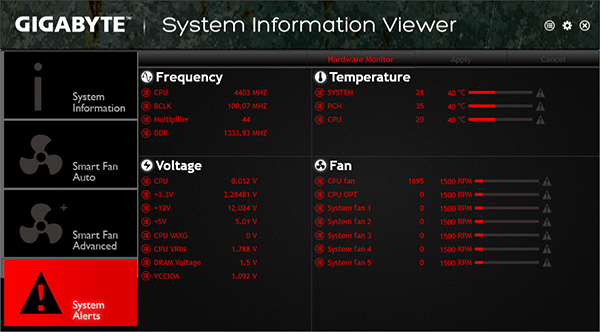
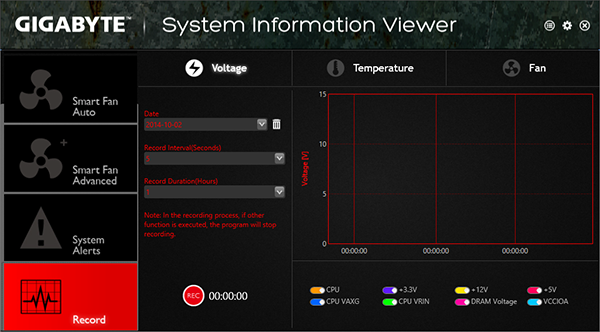
Auto Tuning pushed our core to 4.8GHz at 1.5V, just as saw from the “Medium” profile. That voltage level causes near-instant thermal throttling under full load with our Core i7 though, and we’re fairly certain that it’s not even safe over the long term at above-ambient temperatures.
Manual overclocking is a functional option for the most part, though some changes (such as DRAM ratio) require a reboot. DRAM timings aren’t even selectable in software, though.
Gigabyte CloudStation controls remote access for features like remote power management and remote overclocking via downloadable Android or iPhone apps. Other capabilities, such as WiFi Hotspot, require additional hardware like the 802.11n adapter seen in the above screenshot.
“EZ Setup” encompasses chipset-based functions including SSD Caching and Intel Smart Connect. Beyond basic system information, Gigabyte System Information Viewer includes an advanced menu for setting temperature to fan RPM slope.
Z97X-Gaming GT Firmware
Gigabyte’s MIT menu retains the firm’s characteristic submenu spread, launching into a main menu that hosts submenus. It also shows a few system stats, including our highest-stable 1.28V CPU overclock at a motherboard-detected 1.272V.
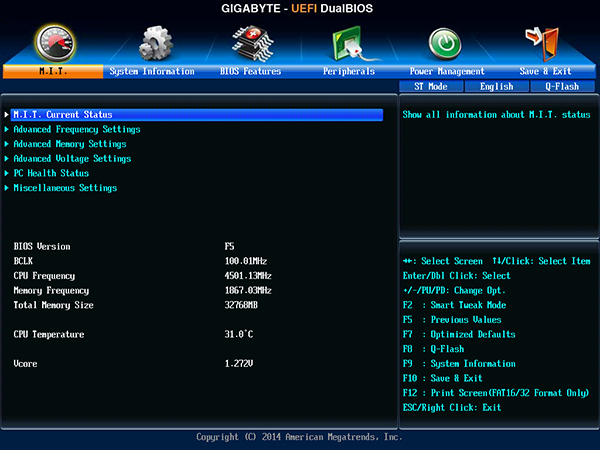
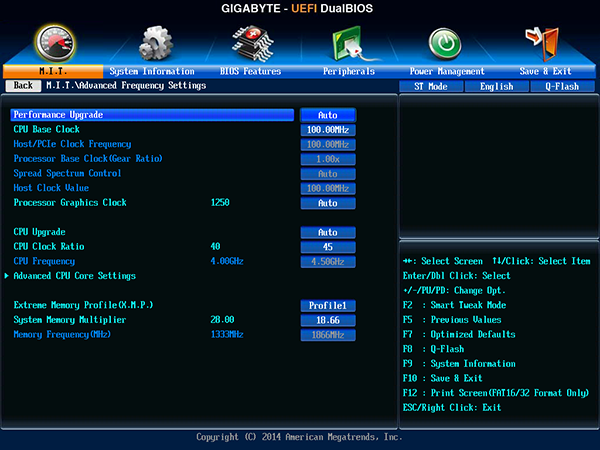
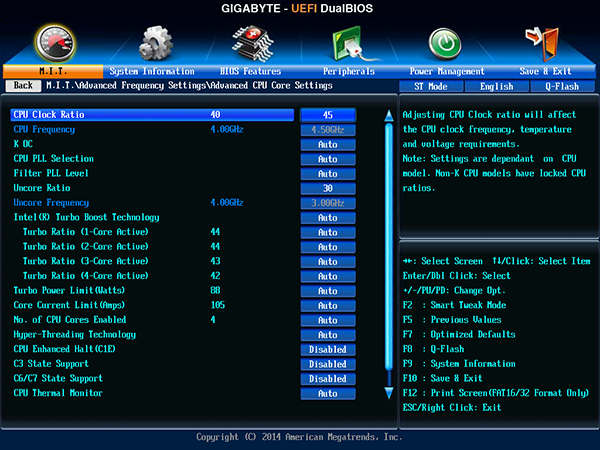
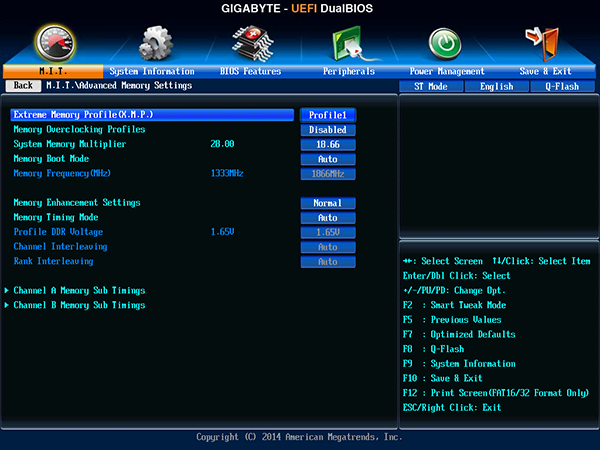
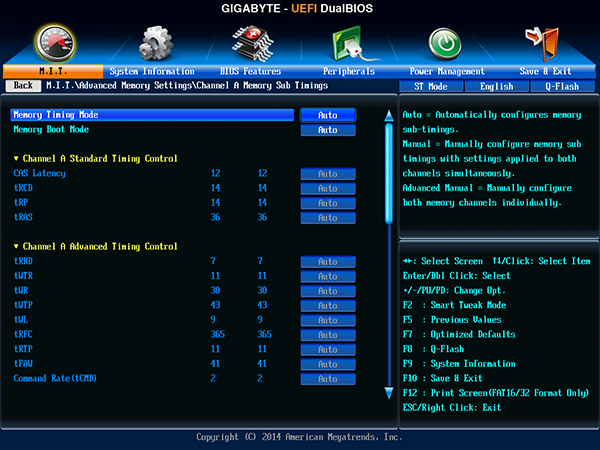
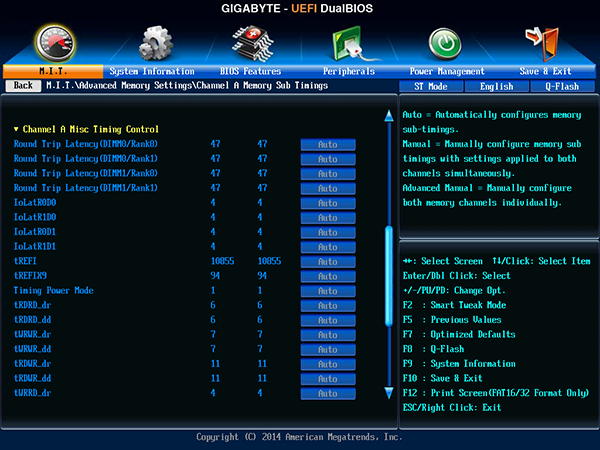
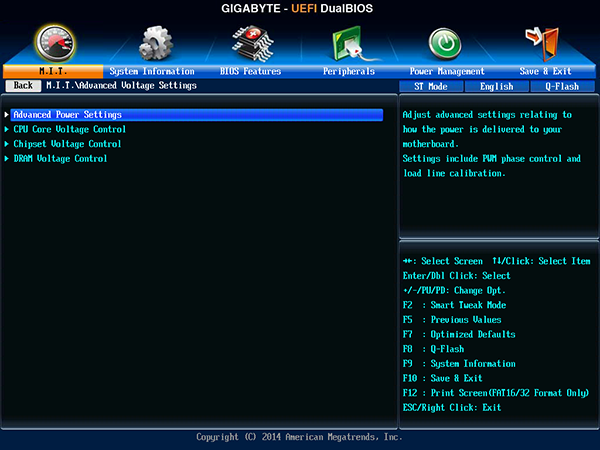
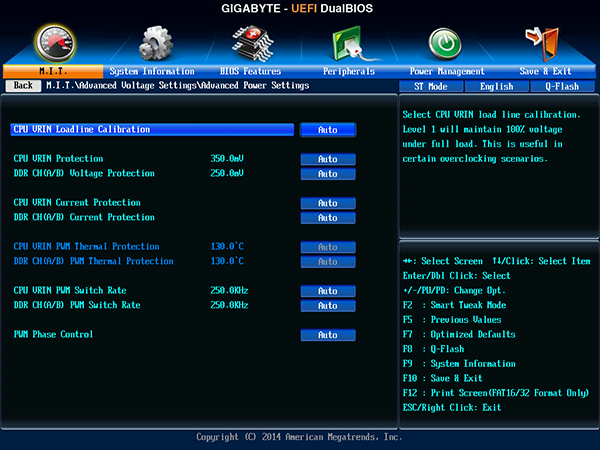
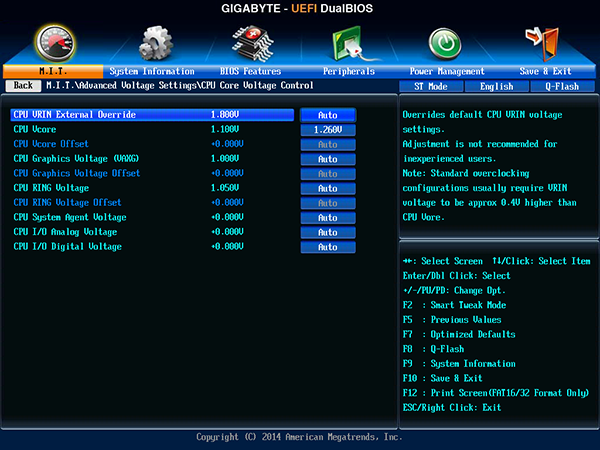
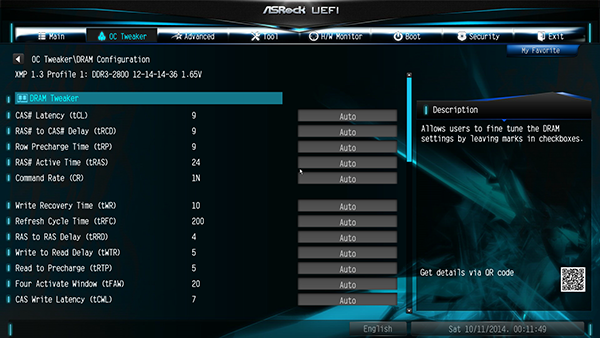
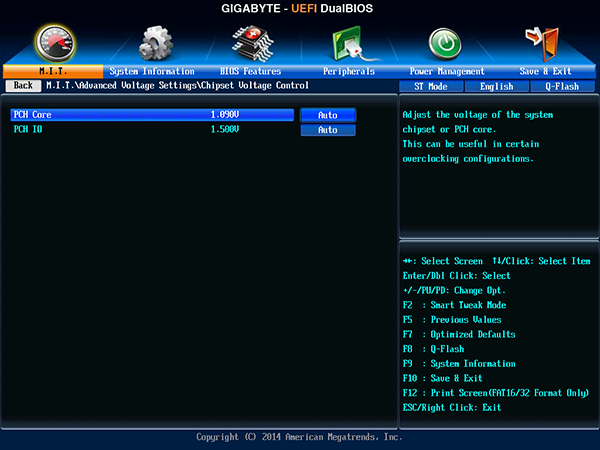
We were also able to reach DDR3-2800 with four DIMMs installed at 1.65V. Gigabyte’s “Advanced Memory Settings” submenu unlocks its “Sub Timings” submenus to allow full timing adjustment after selecting either “Manual” (all-channel) or “Advanced Manual” (per-channel) adjustment modes.
Get Tom's Hardware's best news and in-depth reviews, straight to your inbox.
Even Gigabyte’s “Advanced Voltage Settings” submenu is nothing more than a launching point for even more submenus, where we find useful settings like CPU Vcore at 1.260V, which produced an actual 1.28V output, according to our meter. Similarly, a DRAM setting of 1.63V yielded the actual 1.65V needed to get our RAM to its XMP-rated data rate and timings.
Current page: Gigabyte Z97X-Gaming GT Software And Firmware
Prev Page Gigabyte Z97X-Gaming GT Hardware Next Page MSI Z97 MPower Max AC Hardware-
Nuckles_56 Damn, nice boards but really expensive. A pity about the i7 4790k not performing well, as I really wanted to see which board was best at OC'ingReply -
InvalidError Seems like somewhat of a shame to test boards with a PCIE switch using only a single GPU. How many enthusiasts who spend in the neighborhood of $300 on a motherboard would settle for a single-GPU setup?Reply
This needs a follow-up with x16x16 PEX vs x8x8 native vs x16x16 LGA2011 and, hopefully, x8x8x8x8 PEX vs x16x8x8x8 native on LGA2011. -
jtd871 On-board wifi is simply a waste of space and power (and probably available pcie bandwidth) - even for mITX mobos. Wireless specifications change too frequently to get locked in to whatever is on your mobo. USB dongles are easier to upgrade/replace and allow more flexibility with respect to antenna placement.Reply
If you really can afford 3 GPUs, you should really be starting with X99. For Z97, full-size ATX boards are kind of a waste due to the limit on available PCIe lanes, unless you want just 1 GPU and a bunch of other 1-2-lane expansion boards. I would have preferred seeing what you can get in a uATX (or possibly mITX) solution for the same budget in a package that's arguably a better fit to cater to the SLI/CF crowd and easier to fit in a case. -
envy14tpe Love to see things at their full potential, but can we include a i5-4690k for comparison? Many people don't need what the i7 offers and would love to see how the i5 overclocks and performs on these motherboards.Reply -
rolli59 Really when it comes down to that class of boards and money is no issue, the question is; is your color theme, red, yellow or blue?Reply -
SessouXFX Anodized Gold. :PReply
That one MSI board...I hope that price isn't accurate, that they're currently out of stock or something else is going on, as in, it's being shipped from S. Korea... -
fl-gators-fan Very nice to see the Gigabyte Gaming GT coming out ahead, as that's the board I'm using. I've had it for about 2 months with the I7-4790K and haven't even tried overclocking yet. The 4.0 GHz is plenty fast for all I do :)Reply -
Gurg So this indicates that for what it costs to try to dress a 4790k up, you will spend at least as much as a higher performing 5820k.Reply -
InvalidError Reply
While the motherboard and CPU may cost about the same, you also need to throw in an extra $100 for DDR4.14541735 said:So this indicates that for what it costs to try to dress a 4790k up, you will spend at least as much as a higher performing 5820k.
